The derivative of tan ( u) tan ( u) with respect to u u is sec 2 ( u) sec 2 ( u) Replace all occurrences of u u with 2 x − x 3 2 x x 3 Differentiate Tap for more steps By the Sum Rule, the derivative of 2 x − x 3 2 x x 3 with respect to x x is d d x 2 x d d x − x 3 d d x 2 x d d x2909 · Using the chain rule, the derivative of tan^2x is 2tan(x)sec 2 (x) Finally, just a note on syntax and notationtan^2x is sometimes written in the forms below (with the derivative as per the calculations above)Find the derivative of tan `(2x 3)` Find the derivative of tan `(2x 3)` Books Physics NCERT DC Pandey Sunil Batra HC Verma Pradeep Errorless Chemistry NCERT P Bahadur IITJEE Previous Year Narendra Awasthi MS Chauhan Biology NCERT NCERT Exemplar NCERT Fingertips Errorless Vol1 Errorless Vol2

Differentiate The Following From First Principle Tan2x Youtube
Derivative of tan^2(x^3)
Derivative of tan^2(x^3)-These are called higherorder derivatives Note for secondorder derivatives, the notation f ′′(x) f ″ ( x) is often used At a point x = a x = a, the derivative is defined to be f ′(a) = lim h→0 f(ah)−f(h) h f ′ ( a) = lim h → 0 f ( a h) − f ( h) hFree secondorder derivative calculator second order differentiation solver stepbystep This website uses cookies to ensure you get the best experience


The Derivative Of Tan X Is 1 Cos X 2 Use The Chain Rule To Find Tan X 2
· The derivative of tan−1x is 1 1 x2 (for "why", see note below) So, applying the chain rule, we get d dx (tan−1u) = 1 1 u2 ⋅ du dx In this question u = 2x, so we get d dx (tan−12x) = 1 1 (2x)2 ⋅ d dx (2x) = 2 1 4x2 · When you arrive at $$ \tan^2x \frac{2\tan x}{1\tan^2x} = \frac{2\tan x}{1\tan^2x} $$ you can't multiply both sides by $\frac{1\tan^2x}{2\tan x}$, because this operation is allowed only when the multiplier is nonzeroDerivative of tan(2x)tan(2x)^3 Simple step by step solution, to learn Simple, and easy to understand, so don`t hesitate to use it as a solution of your homework Below you can find the full step by step solution for you problem
Derivative Calculator computes derivatives of a function with respect to given variable using analytical differentiation and displays a stepbystep solution It allows to draw graphs of the function and its derivatives Calculator supports derivatives up toDerivative of 3*tan(2x) Simple step by step solution, to learn Simple, and easy to understand, so don`t hesitate to use it as a solution of your homework Below you can find the full step by step solution for you problem We hope it will be very helpful for you and it will help you to understand the solving process1704 · Find the derivative of following functions wrt x tan (2x 3) differentiation;
Derivative of 3tan(x) (3*tan(x))' (3)'*tan(x)3*(tan(x))' 0*tan(x)3*(tan(x))' 0*tan(x)3*(1/((cos(x))^2)) 3/((cos(x))^2) The calculation above is a derivative of the function f (x)Find the derivative of the following w r t x by using method of first principle tan (2x 3) Maharashtra State Board HSC Arts 11th Textbook Solutions 7817 Important Solutions 3 Question Bank Solutions 5236 Concept Notes & Videos 332 Syllabus Advertisement Remove all ads · 3 Derivatives of the Inverse Trigonometric Functions by M Bourne Recall from when we first met inverse trigonometric functions " sin1 x" means "find the angle whose sine equals x" Example 1 If x = sin1 025 then by using the calculator, x = 15° We have found the angle whose sine is 025 Notation



Find The Derivative Of Tan 2x 3 Brainly In



Rd Sharma Solutions For Class 11 Chapter 11 Trigonometric Equations Download Free Pdf
Y = tan^3(x) , find the derivative About Press Copyright Contact us Creators Advertise Developers Terms Privacy Policy & Safety How works Test new features © 21 Google LLCEg1 Write (10x2) (x 2) as 10*x2x^2 2 Write cos (x 3) as cos (x^3) 3 Write e x lnx as e^xln (x) 6 Ensure that the input string is as per the rules specified above An online derivative calculator that differentiates a given function with respect to a given variable by using analytical differentiationDerivative of (9t(3/t))^(4/7) Derivative of 7cos(cos(x)) Derivative of ((9x25)^3)((3x23)^13) Derivative of x^22x48;



05 Derivative Of Tangent Function Tan2x And Tanx 2 Youtube


How To Differentiate Y Tan 1 2x 1 X 2 For The Inverse Trigonometric Function Quora
The derivative calculations are based on different formulas, find different derivative formulas on our portal Derivative of Tan There are more derivatives of tangent to find In the general case, tan (x) where x is the function of tangent, such as tan g(x) The derivative of Tan is written as The derivative of tan(x) = sec2xSimilarly, it also describes the gradient of a tangent to a curve at any point on the curve To determine the equation of a tangent to a curve Find the derivative using the rules of differentiation Substitute the \(x\)coordinate of the given point into the derivative to calculate the gradient of the tangentIntegral of tan^2x, solution playlist page http//wwwblackpenredpencom/math/Calculushtmltrig integrals, trigonometric integrals, integral of sin(x), integ



Y 3 Log 9 1 Tan 2 X Then Dy Dx



F 2tanx 1 Tan 2x Cos2x 1 Sec 2x 2tanx 2
1» Integrals and Approximations 2» Finding Areas Between Curves 3» The Chain Rule for Derivatives 4» Concavity of Functions 5» Points of Inflection 6» Continuous Functions 7» Cross Sections 8» Integrals 9» What does it mean for a function to be differentiable?0212 · The Second Derivative Of tan (3x) To calculate the second derivative of a function, you just differentiate the first derivative From above, we found that the first derivative of tan (3x) = 3sec 2 (3x) So to find the second derivative of tan (3x), we just need to differentiate 3sec 2 (3x)If you are new to chain rule, I would suggest you create new variables (in your head once you become good at it So here they are $$ u = 2x^4\\ v= \tan^{1} u \\ y=\ln v $$ to get $$ y = \ln(\tan^{1}(2 x^4)$$
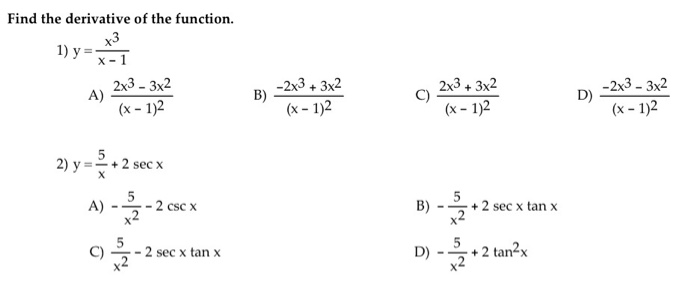


Solved Find The Derivative Of The Function 1 Y X 1 2x3 Chegg Com



Differentiate Tanx Tan 2x Tan 3x Tan 4x W R T X
Graph of tan x and its Derivative The graphs of \( \tan(x) \) and its derivative are shown below Derivative of the Composite Function tan (u(x)) We now have a composite function which is a function (tan) of another function (u)F(x) = √(2x1) find the equation of the tangent line at x = 5 Solution f(x) = √(2x1) When x = 5 f(5) = √9 ==> 3 y = 3 We should find equation of tangent at the point (5, 3) f'(x) = (1/2 √ (2x1)) ⋅ 2 Slope = f'(x) = 1/ √ (2x1) Slope at x = 5 Slope = f'(5) = 1/ √9 m = 1/3Share It On Facebook Twitter Email 1 Answer 1 vote answered Apr 17, by PritiKumari (490k points) selected Apr 17, by Ruksar03 Best answer Let y = tan (2x



Ex 13 1 22 Lim X Pi 2 Tan 2x X Pi 2 Chapter 13 Class 11



Find Derivative Of Xsin2x 5 X K X Tan 2x 3 Q 13 X Sin 2x 5x Kx Tan2x3 Maths Limits And Derivatives Meritnation Com
· Explanation note tan2x = (tanx)2 differentiate using the chain rule given y = f (g(x)) then dy dx = f '(g(x)) × g'(x) ← chain rule y = (tanx)2 ⇒ · Find the derivative of tan(2x3) by first principle 2 See answers anil anil D(tan(2x3))/dx = sec^2(2x3)×2 boffeemadrid boffeemadrid Answer Stepbystep explanation The given equation is Using the first principal, differentiating the above given equation with respect to x, we haveAnswer to Find the derivative of f(x) = \csc (x^3 2x) \tan(x) By signing up, you'll get thousands of stepbystep solutions to your homework


How To Find The Derivative Of F X Tan 2 3x 2 Quora



What Is The Derivative Of E Log 1 Tan 2 X Quora
· The derivative of tan x is sec 2x However, there may be more to finding derivatives of tangent In the general case, tan x is the tangent of a function of x,10» Evaluating Limits 11» First Order Differential Equations 12» Homogeneous Differential EquationsExamples \frac {d} {dx} (\frac {3x9} {2x}) \frac {d^2} {dx^2} (\frac {3x9} {2x}) (\sin^2 (\theta))'' derivative\of\f (x)=34x^2,\\x=5 implicit\derivative\\frac {dy} {dx},\ (xy)^2=xy1



The Derivative Of Tan 2x Derivativeit



What Is The Derivative Of Tan 2x Socratic
· In this section, we explore derivatives of exponential and logarithmic functions As we discussed in Introduction to Functions and Graphs, exponential functions play · Example 19 Find the derivative of f from the first principle, where f is given by (i) f(x) = (2x 3)/(x − 2) Let f (x) = (2x 3)/(x − 2) We need to findAbout Press Copyright Contact us Creators Advertise Developers Terms Privacy Policy & Safety How works Test new features Press Copyright Contact us Creators



Tan2x ただの悪魔の画像



Prove That Derivative Of Tan X Is Sec 2 X By First Principle
The following chain rule examples show you how to differentiate (find the derivative of) many functions that have an "inner function" and an "outer function"For an example, take the function y = √ (x 2 – 3) The inner function is the one inside the parentheses x 23The outer function is √(x)Free third order derivative calculator third order differentiation solver stepbystep · Definition This function, denoted , is defined as the composite of the cube function and the tangent function Differentiation First derivative To calculate the first derivative of , we note that the function is the composite of the cube function and the tangent function, and differentiate using the chain rule for differentiation Higher derivatives



Prove That Tan 8x Tan 6x Tan 2x Tan 8x Tan 6x Tan 2x



Find The Derivative Of Tan 2x 3
Applying the quotient rule to the definition of the tangent as the quotient of the sine by the cosine, one gets that the tangent function verifies d d x tan x = 1 tan 2 x {\displaystyle {\frac {d}{dx}}\tan x=1\tan ^{2}x}Compute answers using Wolfram's breakthrough technology & knowledgebase, relied on by millions of students & professionals For math, science, nutrition, historyFind the Derivative d/dx tan(x)^3 Differentiate using the chain rule, which states that is where and Tap for more steps To apply the Chain Rule, set as Differentiate using the Power Rule which states that is where Replace all occurrences of with The derivative of with respect to is


Find The Derivative Of The Function Tan 2x 3 From The Definition First Principles Sarthaks Econnect Largest Online Education Community



Tan2x Differentiate It With First Principle Maths Limits And Derivatives Meritnation Com
The Derivative Calculator will show you a graphical version of your input while you type Make sure that it shows exactly what you want Use parentheses, if necessary, e g " a/ (bc) " In " Examples", you can see which functions are supported by the Derivative Calculator and how to use them · `(d(tan x))/(dx)=sec^2x` Explore animations of these functions with their derivatives here Differentiation Interactive Applet trigonometric functions In words, we would say The derivative of sin x is cos x, The derivative of cos x is −sin x (note the negative sign!) and The derivative of tan x is sec 2 x62 Differentiation from first principles (EMCH6) We know that the gradient of the tangent to a curve with equation \(y = f(x)\) at \(x=a\) can be determine using the formula
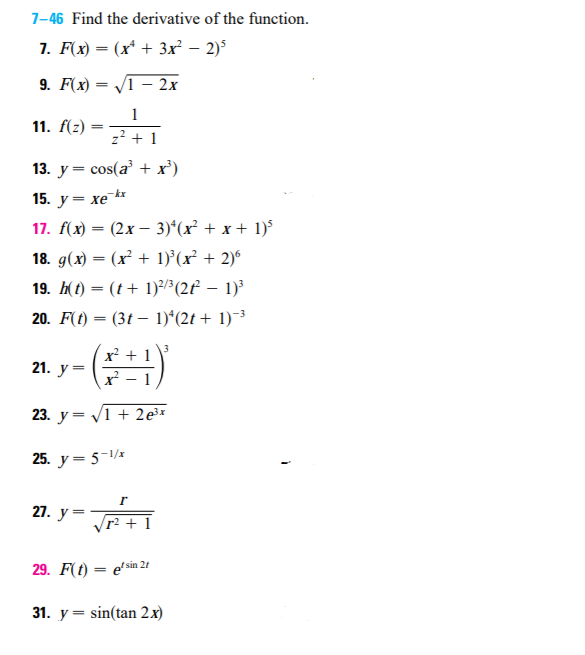


Solved 7 46 Find The Derivative Of The Function 13 Y Co Chegg Com



How To Integrate Tan 2x Youtube
2112 · In this section we explore the relationship between the derivative of a function and the derivative of its inverse For functions whose derivatives we already know, we can use this relationship to find derivatives of inverses without having to use the limit definition of the derivativeDerivative of 3*sin(*314*x) Derivative of 3*sin(*pi*x) Derivative of sin(2*pi*(t/61)) Derivative of 6*x*cos(4*x)(12*x^2*sin(4*x)) Derivative of 3x^2cos(4x) Derivative of (7/9)x7/9x; · Find the derivative of the function tan (2x 3) from the definition (first principles)



Derivative Of Arctan X Inverse Tangent Detailed Lesson



Differentiation Of Tan 2 X And X 3 X 4 Youtube
Find the derivative of the following w r t x by using method of first principle tan (2x 3) Maharashtra State Board HSC Arts 11th Textbook Solutions 7817 Important Solutions 3 Question Bank Solutions 5236 Concept Notes & Videos 332 Syllabus Advertisement Remove all adsDerivative of tan(2x^3) Simple step by step solution, to learn Simple, and easy to understand, so don`t hesitate to use it as a solution of your homework Below you can find the full step by step solution for you problem We hope it will be very helpful for you and it will help you to understand the solving process · Here is what I got tan x = sin x sec x d/dx tan x = d/dx (sin x sec x) d/dx tan x = sin x ( sec² x * sin x) cos x (sec x) d/dx tan x = (sin² x ) (sec² x) 1 d/dx tan x = (sin² x / cos² x) 1/1 The LCD is cos²x d/dx tan x = sin²x/cos² x cos²x/ cos²x d/dx tan x = (sin² x cos² x) / cos² x
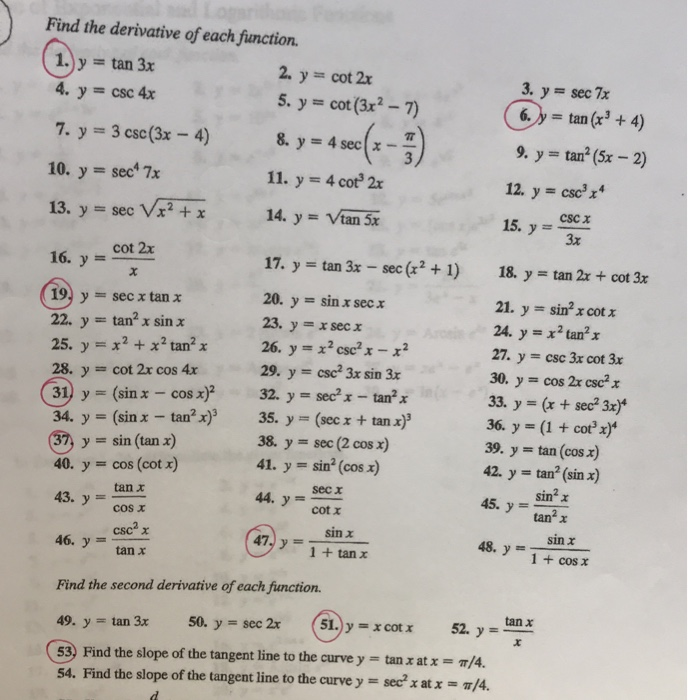


Solved Find The Derivative Of Each Function 1 Y Tan 3x Chegg Com



Solve Tan X Tan 2x Sqrt 3 Tan X Tan 2x Sqrt 3



The Derivative Of Tan 2x W R T Cos 2x Is Maths Limits And Derivatives Meritnation Com



The Derivative Of Tan 2x Derivativeit



Inttanx Tan2x Tan3x Dx Is Equal To


Derivatives Of Trigonometric Functions



Prove That Derivative Of Tan X Is Sec 2 X By First Principle



Differentiate The Following From First Principle Tan 2x



Find The Derivative Of Tan 2x 3 Brainly In


Derivative Of Inverse Tangent



Find The Derivative Of Tan 2x 3



Trigonometric Function Differentiation



Solved 1 Find The Derivative Of Each Function A E E Chegg Com



The Derivative Of H X 2 Sec 2 X Tan X Product Rule Example Youtube



Ex 7 2 21 Integrate Tan2 2x 3 Class 12 Cbse Ex 7 2



Differentiate The Following From First Principle Tan2x Youtube



Find The Derivative Of Tan 2x 3



How To Take The Derivative Of Tan X Video Lesson Transcript Study Com


Differentiate The Following From First Principles I Tan 2 X Ii Tan 2x 1 Sarthaks Econnect Largest Online Education Community



Differentiation Of Tanx 2 Youtube



Find The Derivative Of Tan 2x 3



Differentiate The Following By Using First Principle I Tan 2x 1 Ii Tan X Iii Maths Limits And Derivatives Meritnation Com



What Is The Nth Derivative Of Arctan 2x 1 X 2 In Terms Of R And Theta Quora


Derivative Of Tan X



Derivative Of Tan X Old Video Khan Academy



Ex 7 2 21 Integrate Tan2 2x 3 Class 12 Cbse Ex 7 2



Second Derivative Of Tan 2x Youtube



Derivative Of Tan 2x 3 Is A 2sec 2x 3 B Sec 2x 3 C Sec 2x 3 D None Of These Snapsolve


Differentiate The Following Function With Respect To X X Sin 2x 5 X K K Tan 2x 3 Sarthaks Econnect Largest Online Education Community



Solving The Differential Equation Dy Dx Tan 2 X Y Youtube
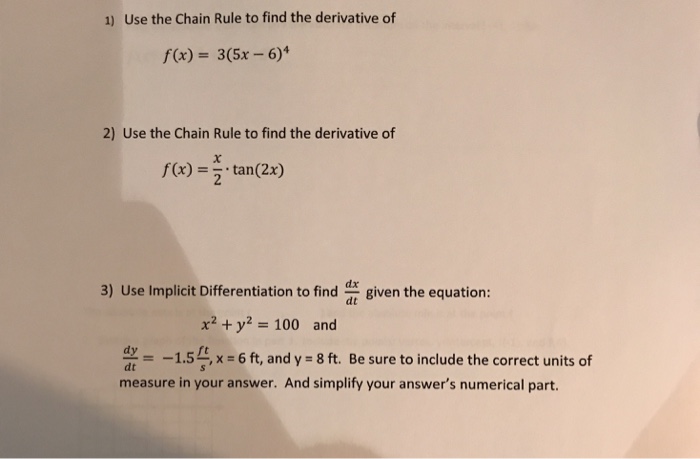


Solved 1 Use The Chain Rule To Find The Derivative Of F Chegg Com



Find The Derivatives W R T X 7x 3 Tan X Brainly In



Find The Derivative Of Cos2x By First Principle



Solved Find The Derivative 7 F X Sin 2x Cos 2x 8 F Chegg Com



Differentiate The Following By Using First Principle I Tan 2x 1 Ii Tan X Iii Maths Limits And Derivatives Meritnation Com



Solved Question 1 Integrate The Following Function Sec Chegg Com


What Is The Nth Derivative Of Arctan 2x 1 X 2 In Terms Of R And Theta Quora



Brandi S Buzzar Blog Proof Derivative Tan X Sec 2 X



How Do You Find The Derivative Of Tan 2 3x Socratic



Q42 Differentiate Tan 2x 3 Derivative Of Tan 2x 3 Differentiation Of Tan 2x 3 Youtube



Solved Differentiate Y 1 Sec X Tan X Sec X 1 Sec X Ta Chegg Com



Example 22 Find Derivative Of Tan 2x 3 Chapter 5 Class 12
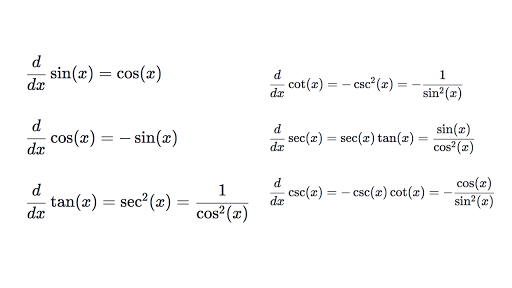


Differentiating Trigonometric Functions Review Article Khan Academy
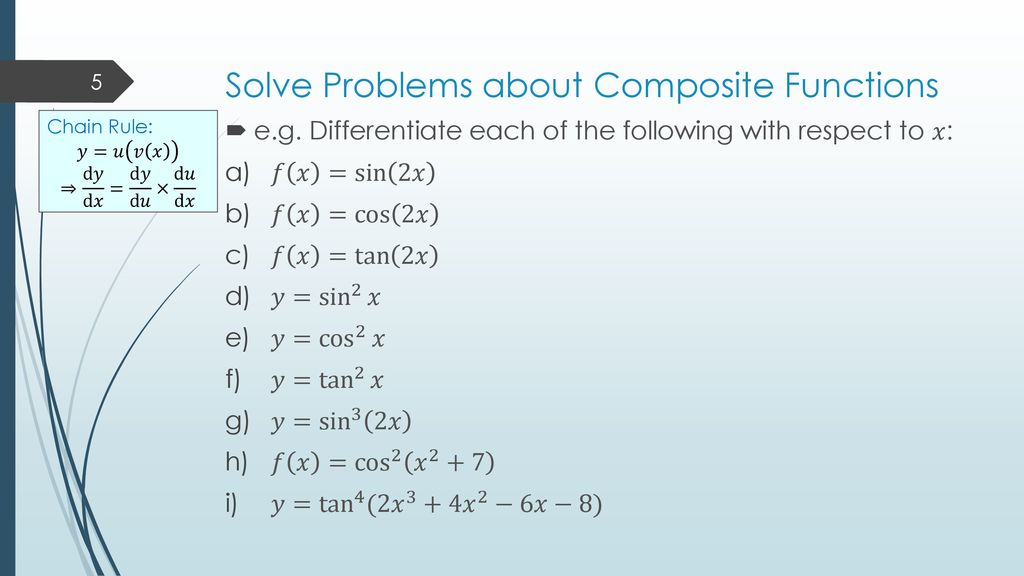


Differentiation With Trig Outcomes Ppt Download


The Derivative Of Tan X Is 1 Cos X 2 Use The Chain Rule To Find Tan X 2



Derivative Of Cos2x By First Principle



The Derivative Of Sec 2 X With Respect To Tan 2 X Is



Today S Question Find The Derivative Of Tan 2x 3 Brainly In



What Is The Value Of D Dx Tan 3 X Quora



Derivative Of Tan 2x 3 From First Principle Brainly In



Find The Derivative Of Tanx By First Principle Mathematics Topperlearning Com Iyyne



Maclaurin Series Tan X



Ex 13 1 22 Lim X Pi 2 Tan 2x X Pi 2 Chapter 13 Class 11



Prove That The Differentiation Of Tan3x Tan2x Tanx Is 3sec 3x 2sec 2x Sec X Edurev Class 12 Question



Ex 7 3 15 Integrate Tan3 2x Sec 2x Class 12 Ncert Ex 7 3



Ex 13 1 22 Lim X Pi 2 Tan 2x X Pi 2 Chapter 13 Class 11
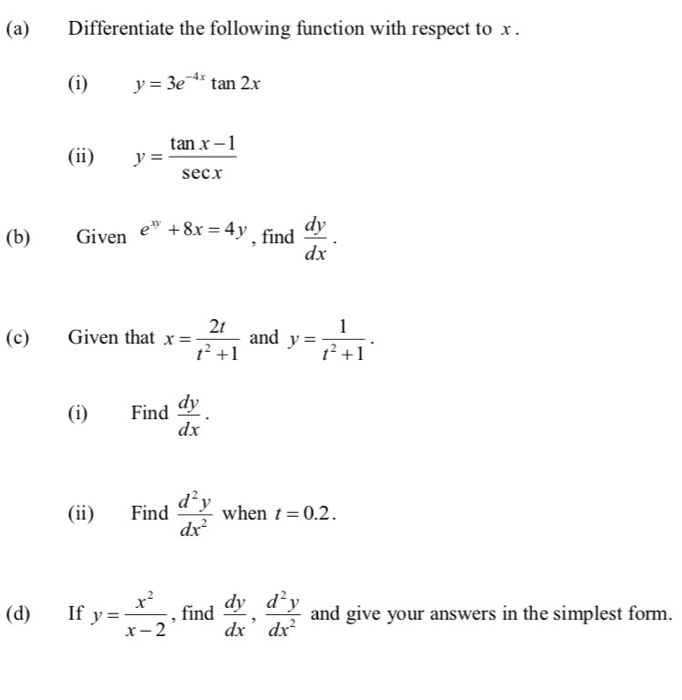


Solved Differentiate The Following Function With Respect Chegg Com


How To Differentiate Y Tan 1 2x 1 X 2 For The Inverse Trigonometric Function Quora



Prove That Derivative Of Tan X Is Sec 2 X By First Principle
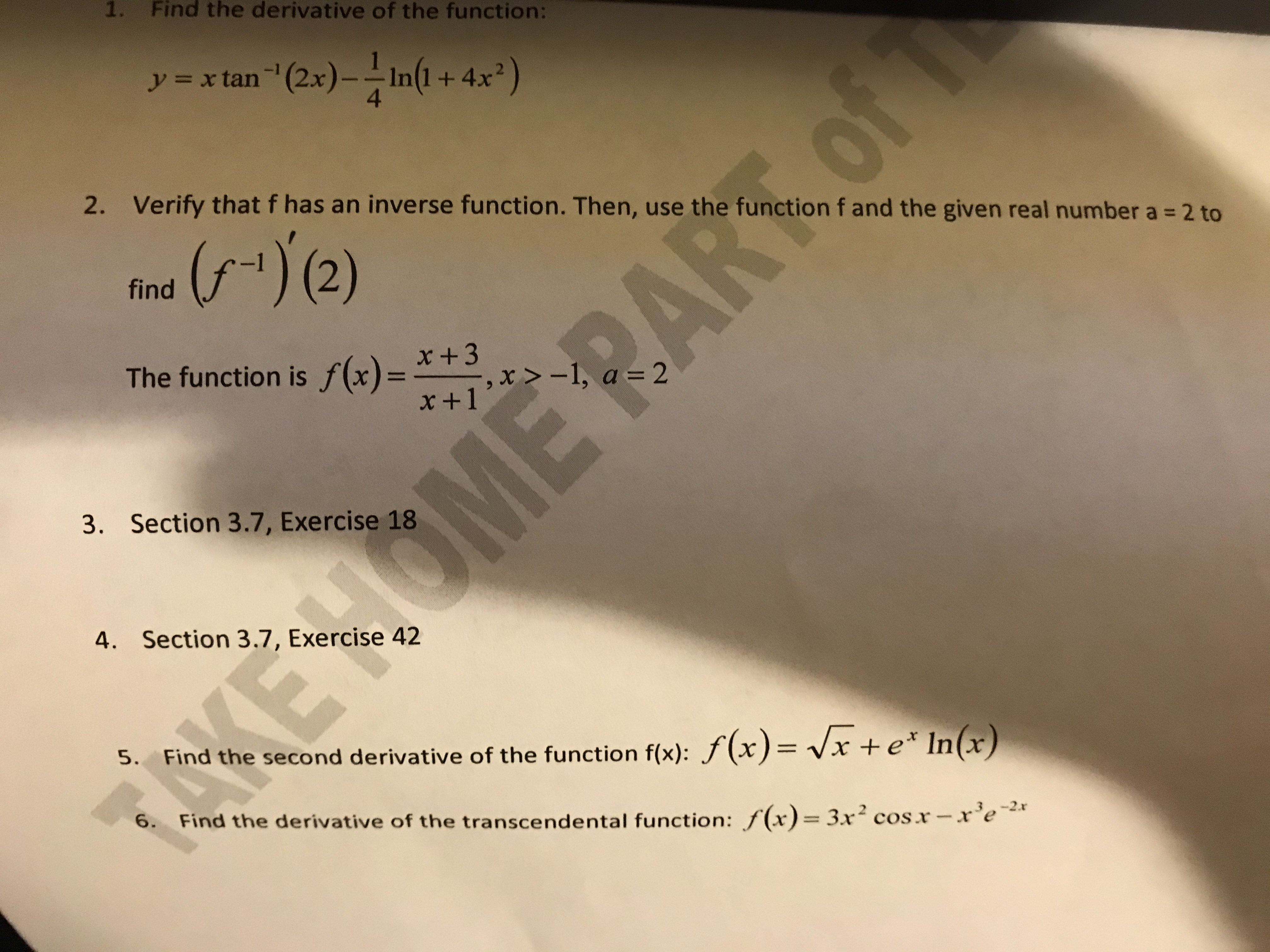


Answered 1 Find The Derivative Of The Function Bartleby



How To Take The Derivative Of Tan X Video Lesson Transcript Study Com


What Is The Differentiation Of Sec Inverse Tan 2x Quora



What Is The Derivative Of Tan2x



Differentiate The Following From First Principle Tan 2x 1



Solved Find The Derivative 23 Y Tanx 2 3 Aj Dy 2 3 Sec Chegg Com



Differentiate The Following By Using First Principle I Tan 2x 1 Ii Tan X Iii Maths Limits And Derivatives Meritnation Com



Derivative Of Tan 2x 3



How Do You Find The Derivative Of Tan 2 3x Socratic



Derivative Of Tan 2x 3



Solved Find The Derivative Of F X Integral 2tan X 0 2t Chegg Com



Derivative Tan Sec Cot Csc Functions Youtube



Find The Derivative Of Tan 2x 3 Brainly In



What Is The 2nd Derivative Of Y Tanx Socratic



Tan 1 3 2x 1 6x Differentiate W R T X



Find The Derivative Of Y Tan 3 2x Youtube



Derivative Of Tan X Proof In Easy Steps Calculus How To


